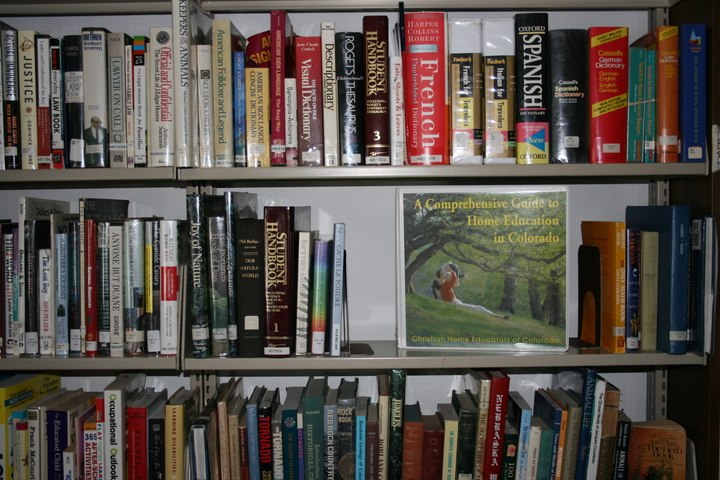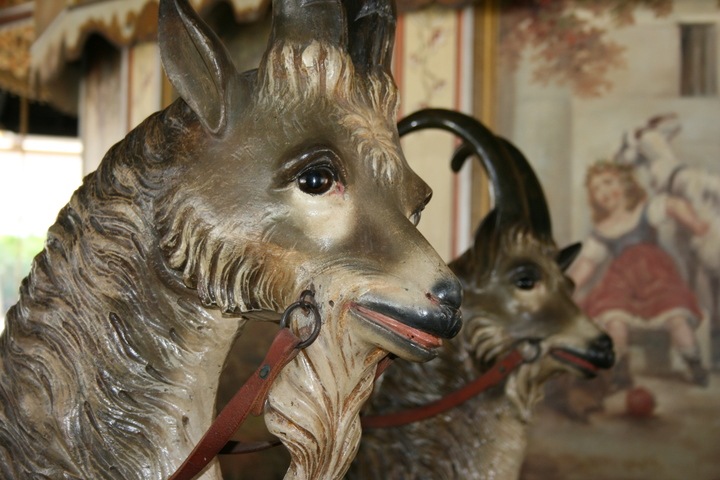Luck and Skill on the Eastern Plains
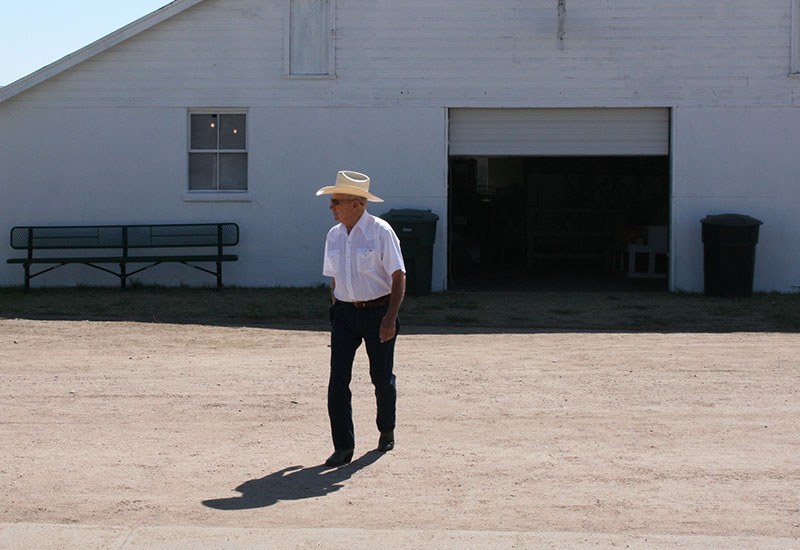
An attendee of Yuma County Fair.
By Kristin Jones
The Yuma County Fair wrapped up on the evening of Aug. 5 with a rodeo. J.T. Pettit won the bull riding. He seemed to be seat-belted to the rowdy beast until the moment when Pettit was lying too still on the sandy ground. The rider walked away, but only after long moments when medics huddled around him, an ambulance rolled in under the floodlights, and parents in the stands held the smallest kids a little tighter.
For communities on the eastern plains near the border of Kansas and Nebraska, life is sometimes lived close to the edge, as much for families, businesses and towns as for bull riders. Changes in the weather, in an industry, or in a policy can throw off a place, or restore its fortunes.
Here are struggling towns like Cope in Washington County, population 514, where the main evidence of once-thriving local commerce is found on a collage of eroded advertisements on a signpost in the park, where fragments of phone numbers bake in the sun.
Or there’s Wray in Yuma County, where bungalows and trailers park beside each other amicably, a steakhouse called 4th and Main has live music on Saturdays, and the population has remained roughly steady (2,200 or so) in the past decade.
Why does one town thrive while another does not? And how much of it is the inevitable result of global trends too big to fight?
Three of my colleagues from The Colorado Trust and I were exploring the area in what we call a “windshield tour.” The Trust’s community partnerships grantmaking strategy requires Krista Martinez, our community partner in the northeast region of the state, to gain a broad understanding of the area. I was along for the ride.
From the road, it can be hard to distinguish acts of God from the works of county commissioners.
Water makes a difference. Much of Yuma County sits on the Ogallala Aquifer, a (depleting) resource that allows farmers there to irrigate their crops, while their neighbors in Washington County do what they can with dryland farming.
So do commodity prices. This is corn country, and prices for that commodity are down about a third in the past three years.
On a local level, there are plenty of things leaders can do to change the course of events. Darlene Carpio of the Yuma County Economic Development Corporation says her county has acted aggressively to court and retain local businesses, for instance by promoting the reach of high-speed Internet and helping to fill downtown storefronts.
A hospital and a fantastic recreation center in Wray have done wonders, both in terms of providing employment and also for what they offer: Access to health care, a place for people to gather and a very awesome pool, with slides.
In some towns, investments from private foundations have also made an outsized impact. In Holyoke, population 2,273, a pristine Arts and Crafts-style house built in 1921 contains the Heginbotham Library. According to the library’s impossibly charming tour guides, W.E. Heginbotham was not the most popular fellow. But his fortune was gratefully received by Phillips County when he died in 1968, and it has gone to things like hospitals, fire departments, swimming pools and community centers, according to The Holyoke Enterprise.
Patricia Brewster-Willeke moved to the town of Otis in Washington County 40 years ago, when she married a local farmer. A native of Dublin, Ireland, she met her husband while he was a Peace Corps volunteer in India, and she was trekking through.
Brewster-Willeke co-founded a nonprofit called the Rural Communities Resource Center in Yuma (14 miles east of Otis) soon after arriving, in an effort to ease some of the isolation felt by local families. She has an unclouded view of life back then: people were stuck in unhappy marriages, or struggled to make ends meet.
But Otis was doing OK. It had a good grocery store, a shoe store, a place to buy kids’ clothes, a good bar and a couple of decent restaurants. She and her husband raised her four kids there; they went to the local school, which was enriched—and still is—by being the default option for rich, poor and middle-income families alike.
The last few decades have taken a toll on the small town’s economy. The rise of online commerce means that people don’t have to shop in Otis. Storefronts are boarded up, and some houses have been abandoned. The population has fallen from around 534 in 2000 to 444 by the latest Census estimate.
Brewster-Willeke tells a story about a conversation she overheard during breakfast at a restaurant in Denver not too long ago. The people a table over happened to be talking about that same school in Otis, which was torn down and beautifully rebuilt with the help of a state grant in 2013. Why spend so much money, the Denverites complained, on a place that may not be there in five years?
“I was kind of taken aback,” says Brewster-Willeke. “I told them I hoped to prove them wrong.”
Towns like Otis on the eastern plains have something that Denver doesn’t. I wrote about it from the perspective of numbers a few months ago, when I pointed out data showing that Yuma County offers the state’s best chance for escaping poverty. (Washington County’s numbers were too small to make meaningful inferences.) It makes sense when you see the landscape on the eastern plains: There is visibly less segregation by income, and more of a shared destiny in towns like this one. Places live and die together.
Luckily and unluckily, as Pettit the bull rider could tell you, life here is unpredictable.
In Kit Carson County, further south along the Kansas border, there’s an old carousel with a good story. County commissioners bought it from Elitch Gardens in Denver for $1,200 in 1928—and were nearly run out of town for doing so, according to local history. It was seen as an extravagance, and the onset of the Great Depression soon after didn’t help. The carousel was used as a grain silo for seven years.
But today, the beautifully painted menagerie of horses, goats, big cats and a dog is one of only 150 surviving carved-wood carousels of the nearly 4,000 built in the U.S. from 1885 to the 1930s—and maybe the only one with its original paint. It’s a point of pride in the town of Burlington and a sweet tourist attraction. It’s also worth millions.
“Sometimes people get fixated with what’s happening right now, and think, ‘That will be the death of us,’” says Brewster-Willeke.
“I don’t think that towns have to die out,” she adds. “I still think they can thrive. A lot of it is about leadership, and not thinking, ‘This is how it has to be.’ Because it doesn’t have to be like that.”
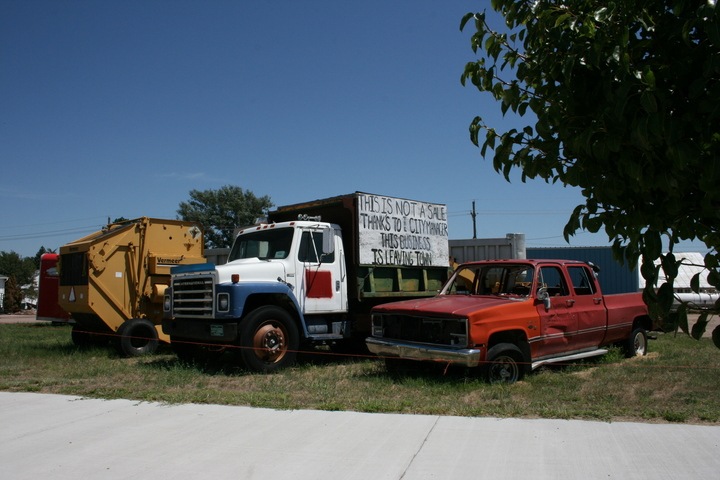
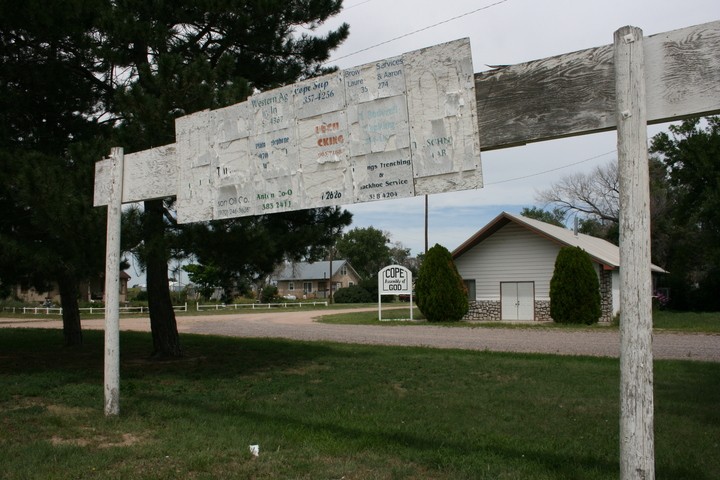
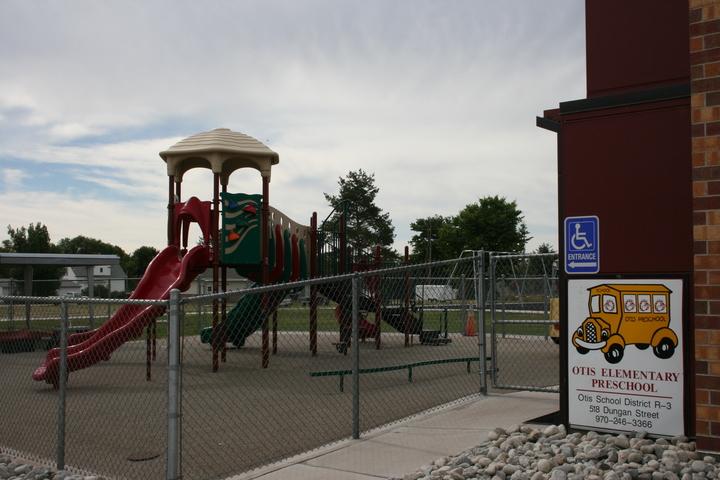
The newly built school in Otis.
